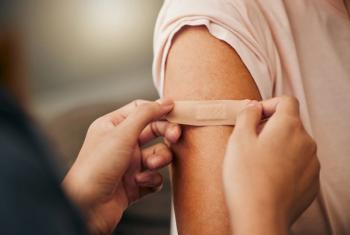
Prolonged rest does not improve acute concussion outcomes in adolescents
Adolescents who are advised to observe 5 days of complete rest immediately after concussion do not derive any benefit over those who receive usual care, a randomized trial in 88 patients showed.
Adolescents who are advised to observe 5 days of complete rest immediately after
The patients, aged from 11 to 22 years, presented to an emergency department with mild traumatic brain injury/concussion. Investigators divided these patients into 2 treatment groups. The strict
In both groups, symptoms resolved in more than 60% of patients during the 10-day follow-up period. Symptoms resolved more slowly in the strict rest group, however, with the intervention group reporting more daily
Commentary: The extensive coverage of this study in the lay press reflects the high and increasing incidence and awareness of sports-related traumatic brain injury in children and adolescents. There has been a trend toward conservative return to cognitive and physical activity with increased awareness of the consequences of reinjury and the sometimes subtle but lasting impact of even minimal head trauma on cognition in children. I agree with Meehan and Bachur, the authors of the accompanying editorial (
Ms Freedman is a freelance medical editor and writer in New Jersey. Dr Burke, section editor for Journal Club, is chairman of the Department of Pediatrics at Saint Agnes Hospital, Baltimore, Maryland. The editors have nothing to disclose in regard to affiliations with or financial interests in any organizations that may have an interest in any part of this article.
Newsletter
Access practical, evidence-based guidance to support better care for our youngest patients. Join our email list for the latest clinical updates.










